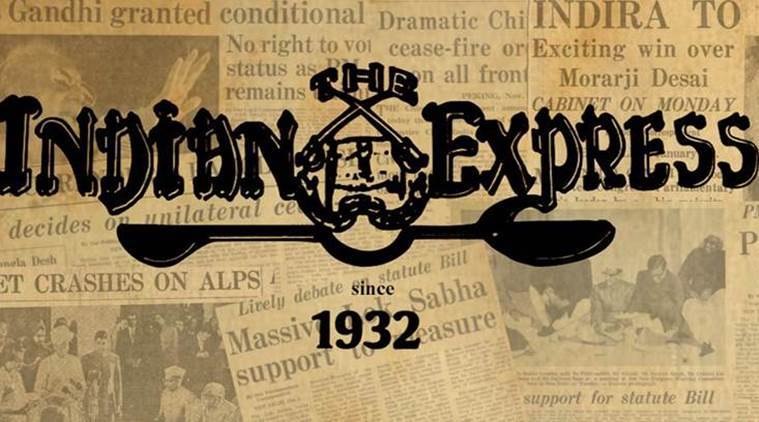 Union Minister of State for Housing and Urban Affairs Hardip Singh Puri had justified the hike as necessary to provide “world class facilities” to passengers.
Union Minister of State for Housing and Urban Affairs Hardip Singh Puri had justified the hike as necessary to provide “world class facilities” to passengers.
In the last week of May, Delhi Metro added a new corridor, extending its coverage by more than 25 km. The rail transit system’s network today spans 277 km of the National Capital Region (NCR). But worryingly, fewer people use this mode of transport today compared to 2015, when the metro covered less than 200 km. On Thursday, this newspaper reported that the metro’s daily ridership has fallen from nearly 24 lakh in 2015 to around 22.5 lakh in May. The data shows that the transit system has not recovered from a nearly 100 per cent fare hike eight months ago. Before the hike, in September last year, the metro was the preferred daily mode of commute for more than 27 lakh people.
Union Minister of State for Housing and Urban Affairs Hardip Singh Puri had justified the hike as necessary to provide “world class facilities” to passengers. He also held up Delhi’s urban railway system as the “forerunner of India’s metro story”. The Delhi Metro, indeed, offers lessons for other Indian cities. In a little more than 15 years, it has effected a sea-change in the city’s commuter behaviour. A Boston Consultancy Group Study, published last year, estimated that more than 2,30,000 vehicles could afford to go off Delhi’s roads, between 2002 and 2014, because the Metro connected the city’s commercial centres with its fringes, where the working class live. From enhanced mobility to its low carbon footprint, the Metro offers solutions to the congestion and pollution problems faced by most urban centres in the country.
But while there is much to learn from the successes of Delhi Metro, its falling ridership figures offer an important lesson in balancing financial sustainability with commuter affordability. The Delhi Metro Railway Corporation (DMRC) has swung between the extremes of populism for the most part and shocking commuters with sudden, and steep, hikes. The 100 per cent price hike in 2017 was preceded by an eight-year period in which there was no rise in fares. During this period, the input cost for Delhi’s metro service increased by more than 200 per cent in repairs and maintenance alone. The DMRC incurred a loss of Rs 350 crore in 2016-2017. There is, of course, no disputing the corporation’s imperative to bring down its losses. But the falling ridership figures should drive home the necessity of working out a pricing model that does not stress the metro’s operations, while also ensuring that commuters are not overly taxed. This is a lesson other cities planning urban railway transit systems must also heed.